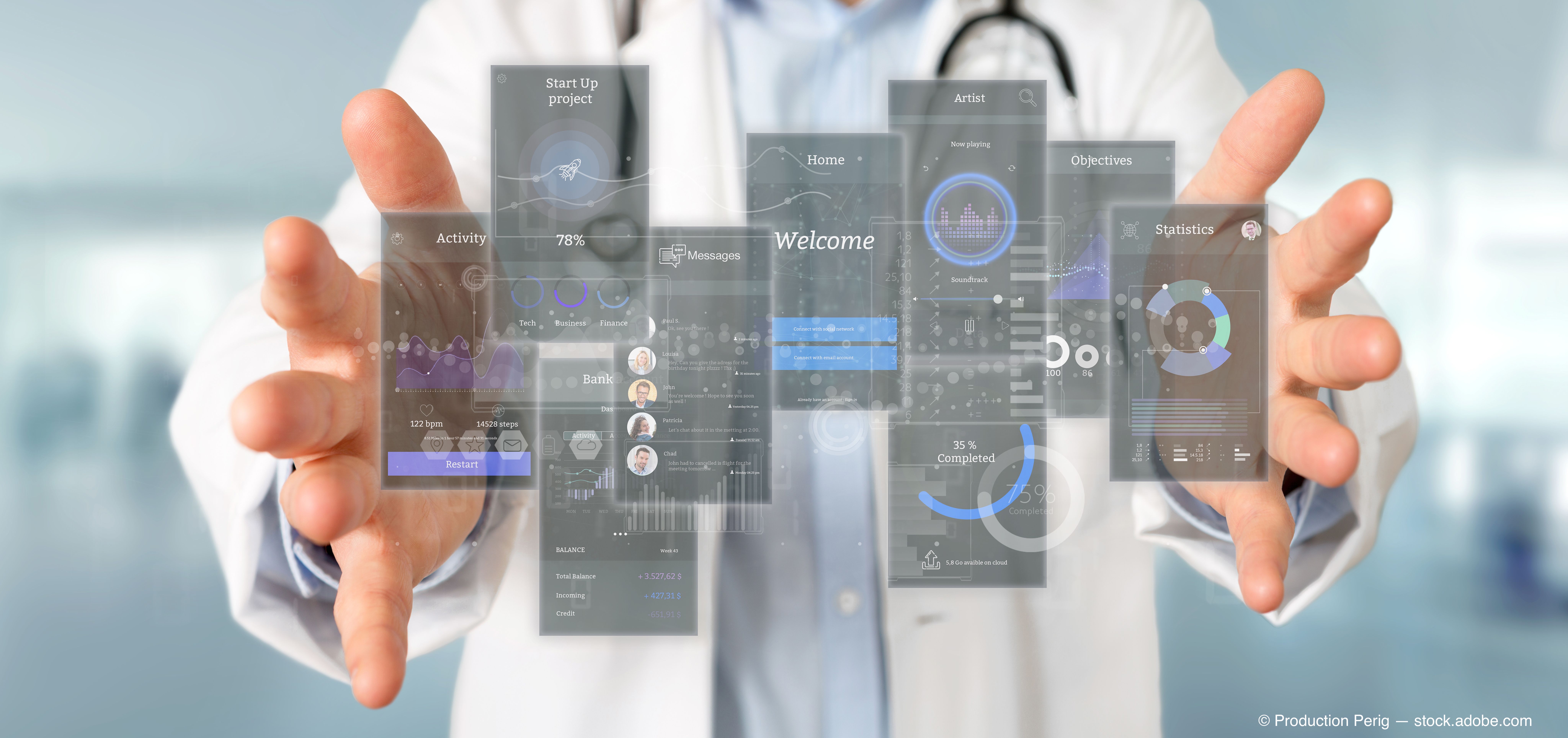News
Article
Care delivery: Motivating patients with mobile devices
Author(s):

New tools are helping ophthalmologists enhance the level of care offered in their practice.
Ophthalmology is poised for seismic shifts sparked by advances in technologically advanced medical devices that are driving changes in patient care and impacting the lives of patients.
The delivery of patient care is moving into the forefront, with the focus shifting increasingly more from office-based services to mobile devices to further enhance delivery of care.
According to Leslie S. Jones, MD, associate professor and chair of ophthalmology, Howard University, Washington, DC, a revolution is ongoing.
“There are thousands of mobile apps with which patients can interface,” she said. “Google Play and Apple have developed many apps to help us care for our patients. These apps have become important elements in contemporary digital mobile use.”
Smart apps
Some apps in particular are outstanding aids for patients. EyeDropAlarm is one such product that provides an easy reminder when drops are due to be instilled. Medisafe Medication Management also provides drop, pill, and medicine reminders; this app also provides for friends and family members to be keyed in as a double check that the medications will be taken at the appropriate time.
GoodRx-Save on Prescriptions provide discount coupons for medications that can shave up to 80% off of the pharmacy bill instantly. This app also can be used to locate the best prices at area pharmacies.
An app called Pocket Pharmacist provides important information about potential drug interactions.
More and more artificial intelligence (AI) apps are popping up. One that Dr. Jones recommends to her patients is Seeing AI, a talking camera for blind patients. The individual can use his or her smartphone to scan the environment. The smartphone then interprets images and feeds back oral information to a visually challenged individual.
Dr. Jones described Be My Eyes-Helping the Blind as “excellent.” This app works by linking blind individuals with sighted volunteers for help with various tasks. Dr. Jones serves as a volunteer for this app.
Self-testing devices also are part of this revolution in mobile care delivery, and an app titled MaculaTester is one of them. Using this app, patients can test their vision and send the information to their doctor’s office.
“This is a very good app for patients with dry age-related macular degeneration [AMD] that they can use to test themselves at home,” she said. “This app can detect a scotoma or metamorphopsia.”
Other uses
Dr. Jones keeps iPads in the office to obtain consent for various procedures, which are shown in schematic form.
“These devices have excellent contrast sensitivity and provide white writing on a black background for increased contrast,” she explained. “Type magnification is also a feature, as are the availability of voice commands as well as voice over and talk back features that are available on the devices.”
For patients who may not be familiar with these features, she sends them for low-vision consultation or for help provided by technicians in her office.
“Patients often do not know that they already own a device that can be helpful to them,” Dr. Jones said.
A device called iCare Home allows patients to monitor their IOP at home. Using this device, they can obtain data about diurnal fluctuations in IOP at all times during the day. Patients with glaucoma have much more pronounced IOP fluctuations, making it particularly important that the values are tracked during the day.
“Even if the IOPs are measured in the office from 7 a.m. to 9 p.m., the peak IOP may not be captured during that window,” Dr. Jones noted. “The peak IOP may be an independent risk factor for worsening of glaucoma.”
Dr. Jones rents the instrument to patients for a small fee for a few days so that she can better determine her patients’ IOP fluctuations and inform her decision-making about care.
A small device, ForeseeHome, facilitates monitoring of dry AMD at home. The device, which is covered by Medicare for eligible patients with 20/60 vision, can detect small changes associated with dry AMD earlier with daily monitoring without undergoing dilation.
According to Dr. Jones, the machine monitors the patient for any changes and when they occur the device alerts the doctor.
“Mobile at-home monitoring devices have many advantages in that they reduce the burden of frequent office visits, provide additional information for medical decision-making and customization of care,” she said.
On the flip side, the cost of the device, maintenance, and patient compliance are involved.
Dr. Jones pointed out that patient portals are the most useful thing in her practice to engage patients. Through these portals, patients can access their medical data, schedule appointments and appointment reminders, request medication refills and medication reminders, and have access to secure messaging for interactions with technicians and doctors.
A study of 164,477 patients observed using patient portals during a one-year period showed that connections to health resources via various devices resulted in higher rates of outpatient visits, fewer trips to the emergency room, and fewer preventable hospital stays (Read et al. Plos One 2019;14(6)e0217636).
Dr. Jones summarized that in order to engage patients with the use of mobile devices in clinics, physicians can recommend apps that they have downloaded and tested.
“The apps can serve as medication reminders, to provide pharmacy benefits, to identify medication interactions, and for self-monitoring,” she concluded. “Home monitoring devices of IOP and macular status also can be considered for use in practices. I always recommend that my patients use my practice’s patient portal, even to send me messages. It provides a more direct way for me to contact them.”
Leslie Jones, MD
E: l_s_jones@howard.edu
Dr. Jones has no finanical interest in any aspect of this report.




